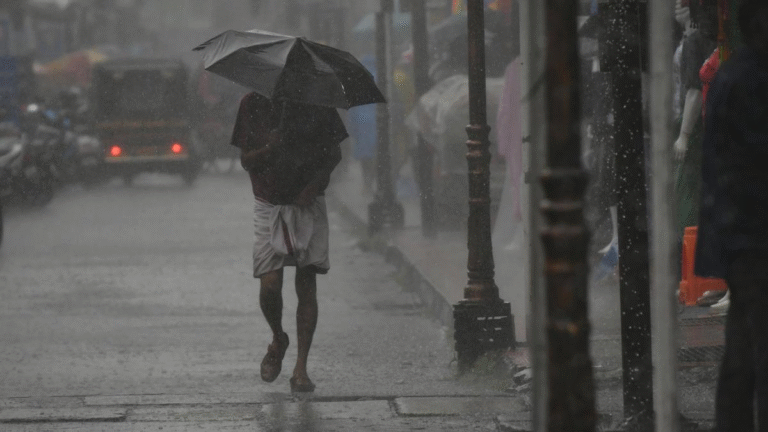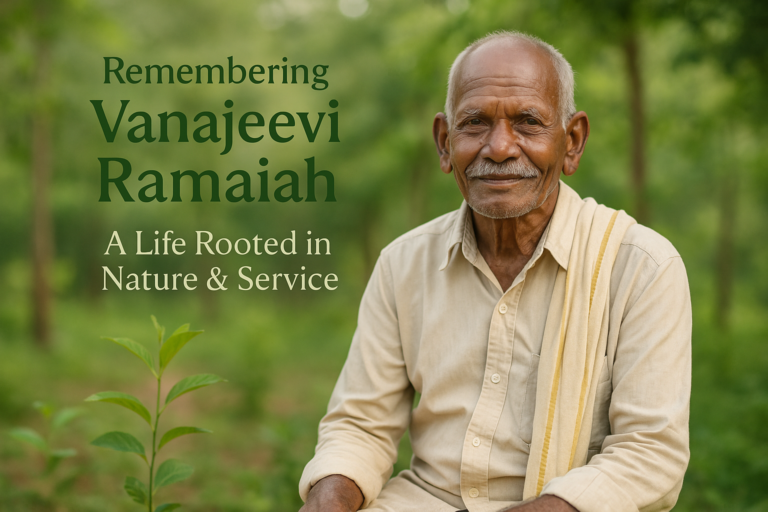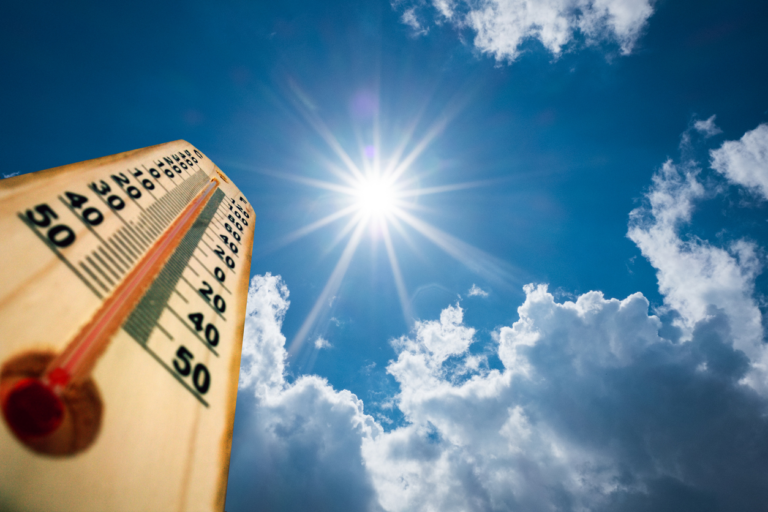
While heatwaves become more intense everywhere in India, Telangana is at the forefront of a climatic challenge that demands quick and measured response. Heatwave Preparedness in Telangana is no longer an option—it’s an imperative public health requirement. The intensifying heat events, driven by climate change, are challenging healthcare systems and community resilience too.
So, how ready is Telangana to handle the blistering summer onslaught?
The True Threat: Heat-Related Illnesses
To discuss strategies before knowing the enemy, we have to know something about the opponent. Heat-related illnesses are more than a bother to us in terms of feeling bad—they kill. And once you ignore initial signs, they take off with speed.
Heat Cramps
These are the body’s early SOS. Heat cramps, caused by dehydration and electrolyte loss from sweat, hurt, yes, but are treatable—if attended to in time.
Heat Exhaustion
This is where it can get serious. Heavy sweating, dizziness, nausea, and weakness are signals that the body cannot sustain its temperature. Heat exhaustion can progress to something worse if not treated.
Heatstroke
This is the red zone. When core body temperature exceeds 104°F (40°C), it can lead to confusion, unconsciousness, and seizures. Heatstroke is a medical emergency that needs immediate treatment and can be deadly if left untreated.
Understanding these phases allows communities to identify and react faster—maybe saving lives.
Healthcare at the Breaking Point
Hospitals are at the forefront of managing such emergencies. But Telangana is grappling with a sobering reality—it boasts just nine hospitals with emergency cooling facilities.
Let that sink in.
Border states like Tamil Nadu and Kerala have stepped up, having invested considerable money in heatwave-prevention equipment in their healthcare infrastructure. Telangana, however, is behind, and that can prove costly.
Educating to Empower: The Community Training Role
Preparedness is not hospital-centric; it’s also people-centric.
Community Engagement: Organized local public awareness campaigns, school programs, and door-to-door education will empower individuals to identify early indicators and act timely.
Local Knowledge: Merging traditional cooling techniques with modern medical practices can give response strategies an added boost.
Collaborative Action: Governments and NGOs can join hands in creating more systematic support systems for vulnerable groups such as the old, children, and economically vulnerable sections.
Informed communities are strong communities.
Government Action: Good Intentions, Limited Implementation
Telangana Director of Public Health has taken great efforts, conducting meetings in anticipation of the summer peak. But these have to be implemented with concrete achievements on the ground.
Key Measures Discussed:
Rapid Response Teams (RRTs): These are a must and have to be operational in all districts to respond to heat-related cases immediately.
ORS Availability: Adequate stocks of Oral Rehydration Solutions must be available for front-line workers such as ASHAs, ANMs, and Anganwadi workers.
Medicine Stock Checks: PHCs must keep an adequately stocked supply of essential medicines and intravenous fluids to treat dehydration and heat stress.
These are good starts—but the key lies in implementation.
Cooling Infrastructure: Telangana’s Achilles Heel
Maybe the greatest weakness is the lack of cooling infrastructure within the state. Hospitals remain ill-equipped, and even the basic comforts like misting fans, cooled beds, and ice packs are not present in the majority of them.
Compare that to Kerala, where even the primary health centers have started including cooling technologies to counter rising degrees of heat.
What Telangana Needs:
- Air-conditioned recovery wards
- Mobile cooling vans for villages
- Community cooling centers in urban slums and heat-prone areas
- Data, Feedback, and Long-Term Vision
- A robust preparedness plan is not built in a night. It is through continuous feedback, research, and refinement.
- Data Collection: Infrastructure deficits can be mapped through heat-prone area mapping and patient patterns.
- Community Feedback: Hearing from people on the ground ensures that policies are pragmatic, not partisan.
- Sustainable Planning: Long-term plans must include climate-resistant architecture, water harvesting, and green cover enhancement.
- Heatwaves aren’t a matter of one summer—these are the new norms.
Bridging the Gaps: Call for Action
If Telangana is actually going to be ready for what lies ahead, it needs to do more than offer rhetoric and policy documents.
Strengthen Healthcare Infrastructure
Build additional heat-ready hospitals. Equip them with modern cooling technology and competent staff. Retro-fit existing structures to handle increased patients during heatwaves in summers.
Increase Public Engagement
Launch awareness drives through schools, workplaces, and panchayats. Provide citizens with the information to react swiftly during heatwaves.
Localize Heat Action Plans
All districts are not equally vulnerable. Tailor heat action plans with local data to offer targeted protection.
Protect the Most Vulnerable
Identify poor neighborhoods, isolated older people, and people with chronic illnesses. Implement early warning systems and regular wellness checks for them.
Leverage Technology
Mobile apps, SMS, and even simple IVR systems can disseminate life-saving information fast in heat emergencies.
Conclusion: Telangana at the Crossroads
Heatwave Preparedness in Telangana is not just a matter of health—it’s a problem of governance, a question of foresight, and a people’s responsibility. Rising temperatures are a time bomb, and the time to strike is now.
By learning from the experience of other states, investing in cooling infrastructure, empowering communities, and using data-driven action, Telangana can re-tell its heatwave story—from weakness to strength.
For all the latest updates, visit satvnews.in.




